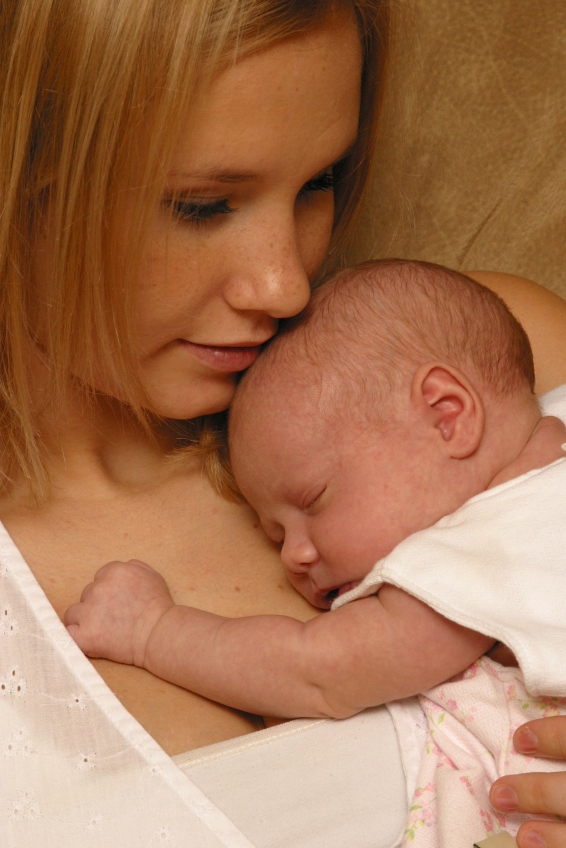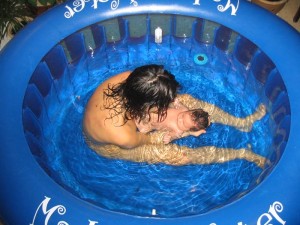Last menstrual period date:
In this blog, we will discuss the answer on how bad will a pregnancy cesarean scar will be for a pregnant mom.

Have you seen Kevin Costner’s Robin Hood? You know the scene when Little John’s wife is in pregnancy labor and the baby’s stuck and the Moor’s character, played by Morgan Freeman, takes out a knife and plans to save her by a rudimentary cesarean? Robin Hood asks him if he knows what he’s doing, and the Moor replies “Of course. I’ve seen this done with horses.” Well, modern-day cesareans have come a long way.
Today’s technology has allowed pregnancy cesarean scar to become smaller and heal quicker. Let’s take a look at the facts.
- Where will the scar be located?
- Today, most surgeons make a transverse cut at the top of the bladder. This is referred to as the lower uterine segment. Many OBs favor this method because less blood loss occurs during the procedure. This modern preference means that the scar will be located near the underwear/bikini line, and may not even be noticeable.
- Occasionally, C-sections are done with a vertical incision. This incision may run as long as the naval to the pubic bone.
- How long will the scar be?
- The majority of scar dimensions will fall within the range of four to six inches. However, scars may be longer depending upon the incision’s location and the size of the baby. Larger babies often require a longer opening to safely be removed. Width-wise, most scars heal to be 1/8th of an inch wide.
- What will the scar look like?
-
- Your surgeon has three options when making an incision: midline, transverse, or vertical. Of these three choices, the transverse incision is the most popular. This is a horizontal cut slightly above the pubic hairline. A midline incision will run from the navel to pubic bone, while a vertical incision is slightly larger.
- All cesarean section scars are closed with sutures. The type of suture used will depend upon your surgeon; some may choose dissolving stiches while others may need to be removed when the incision is healed.
- Initially, the scar will be red, swollen, and angry looking. However, proper care will help the scar shrink down significantly in size. Following your doctor or midwife’s treatment plan can help to reduce the appearance of the scar as well. Proper care allows your body to heal in the best possible way. However, it is impossible to erase the scar—be proud of it! It’s a testament of your pregnancy story.
C-sections have greatly evolved since their inception—you needn’t share the fear of Little John’s wife. Today’s procedures follow a specific protocol to ensure the health and wellbeing of both mother and baby. However, unlike with vaginal deliveries, mothers who deliver by cesarean will always have a scar. The shape and length of the scar will depend upon several factors including the type of incision and follow-up treatment. Any questions should be discussed with your OB at the first opportunity to ensure that you have all facts relevant to your specific pregnancy situation.
My content




